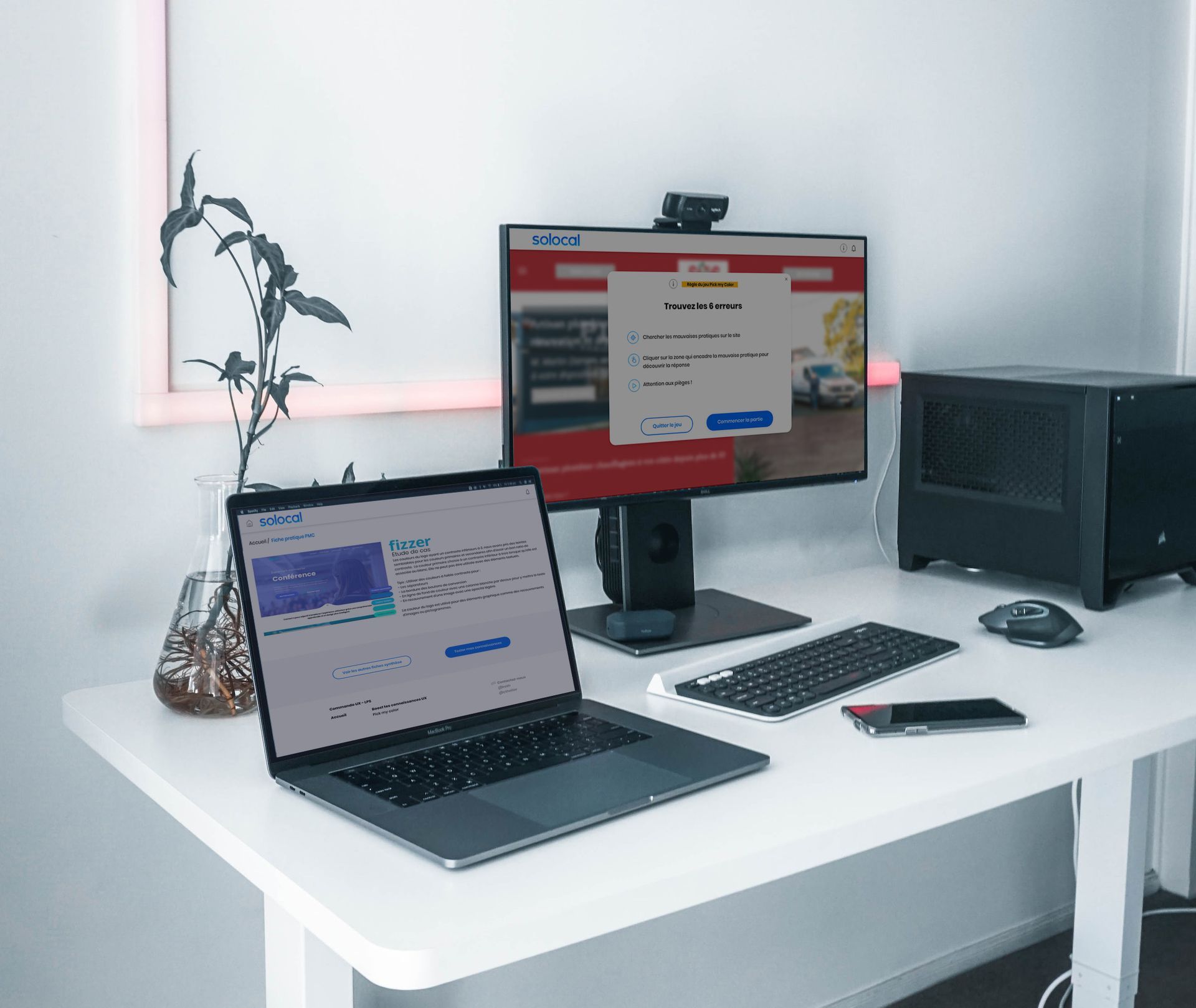Bioclinic Medical Laboratory Application
How can we improve the patient experience in Bioclinic laboratories throughout their medical journey?
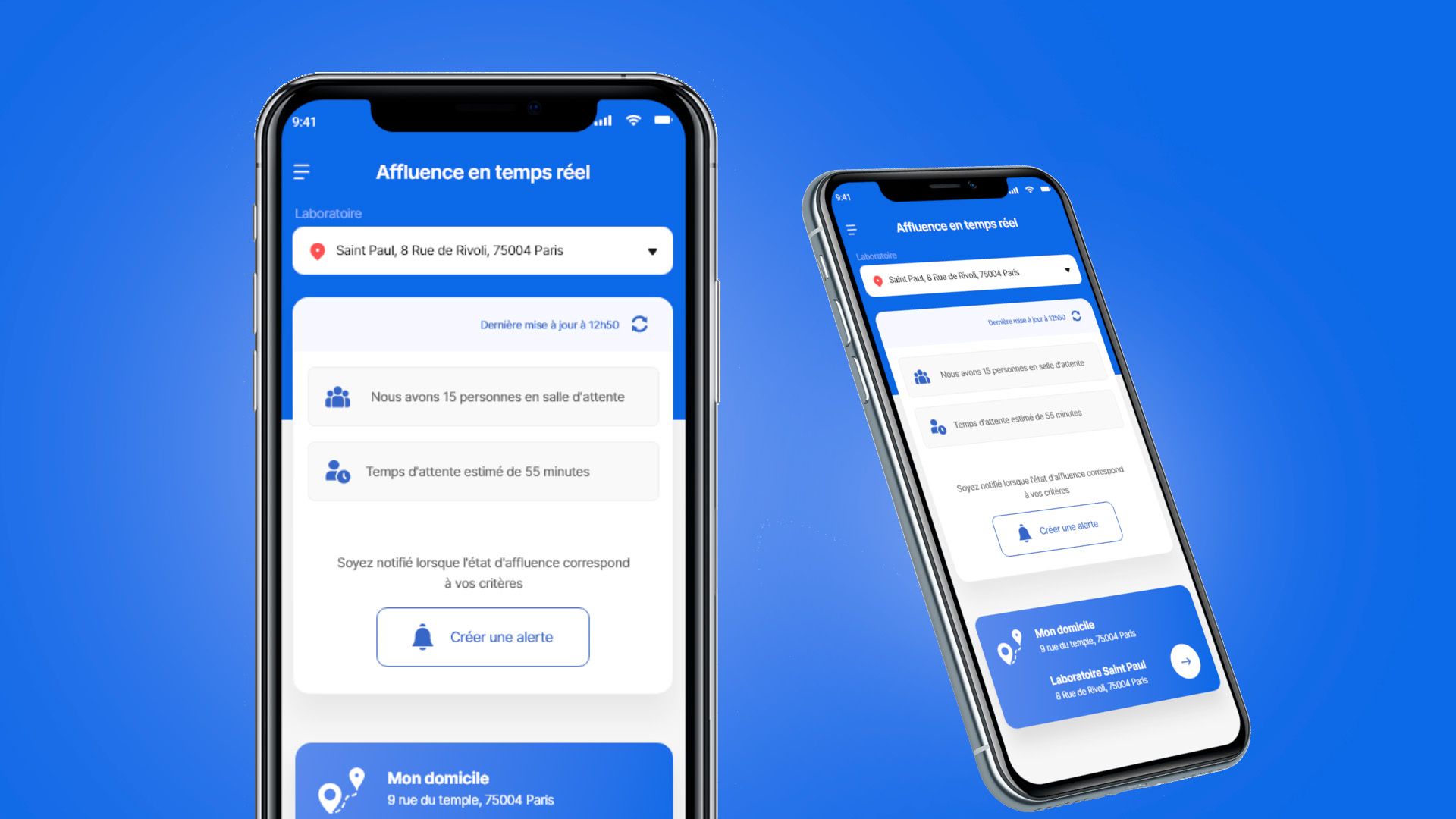
Slide Title
Button
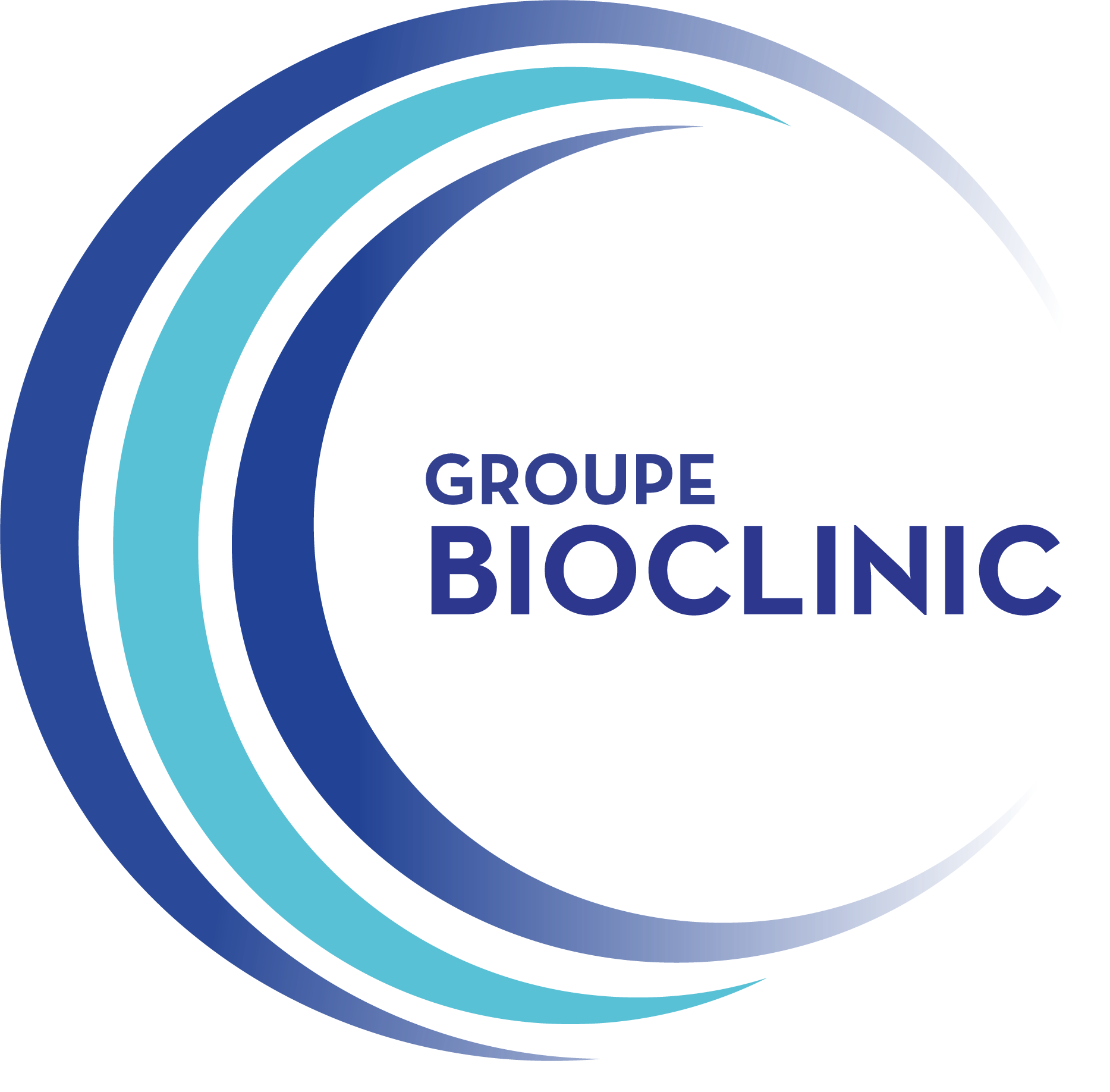
Client: Bioclinic Marketing Team
Team: 1 Product Designer, 2 UX/UI Designers
Challenge: Proof of concept for a laboratory application
Activities: User research, persona, experience map, wireframe, prototyping, user testing, iteration
Result: App
qqq
Bioclinic is a medical laboratory group based in France. The request was for a proof-of-concept for a mobile application for medical laboratory patients. The company aims to offer its users a reliable, simple, and functional application to improve the experience of both patients and healthcare professionals.
Discovery
The discovery phase helps us understand users' needs, as well as their motivations, attitudes, feelings, and previous experiences. It is a phase of empathy that allows us to gather information, understand users, and give them meaning.
qqq
Action :
> Maintenance
> Observation
> Form
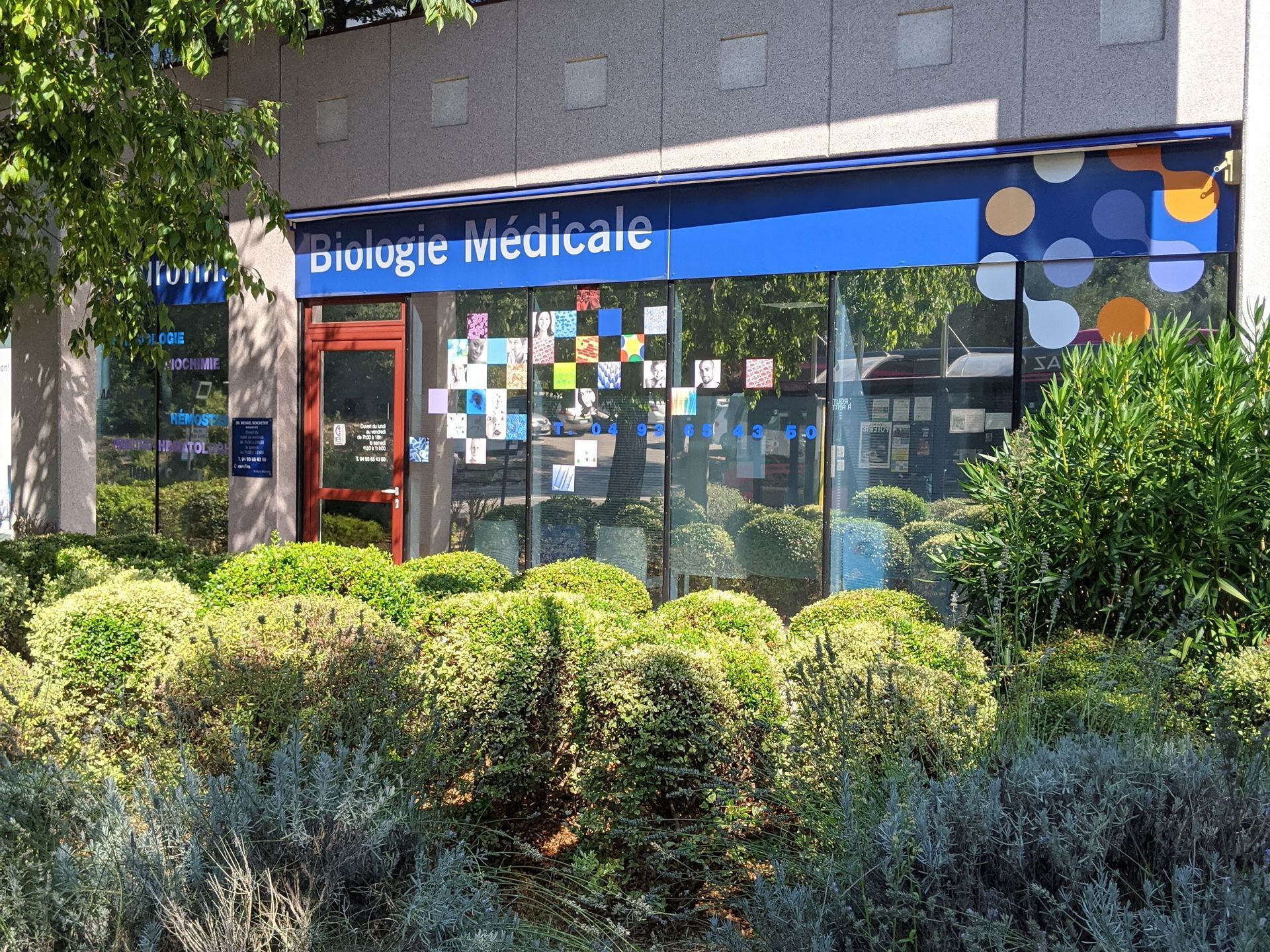
Interview
We had previously established hypotheses about user needs, and the interviews were intended to help us verify them or identify other sources of problems.
We interviewed users remotely, recruiting them through groups or networks of patients who frequently perform laboratory tests. We also conducted interviews directly in one of the group's laboratories, using guerrilla techniques. Finally, we had the opportunity to speak with staff at some of the laboratories.
Observation
We used two observation methodologies in one of the group's laboratories and collected all observations in a grid.
Fly on the wall: We made ourselves as discreet as possible, in order to observe people without interfering.
Follow-up: We followed a person throughout their journey in the laboratory.
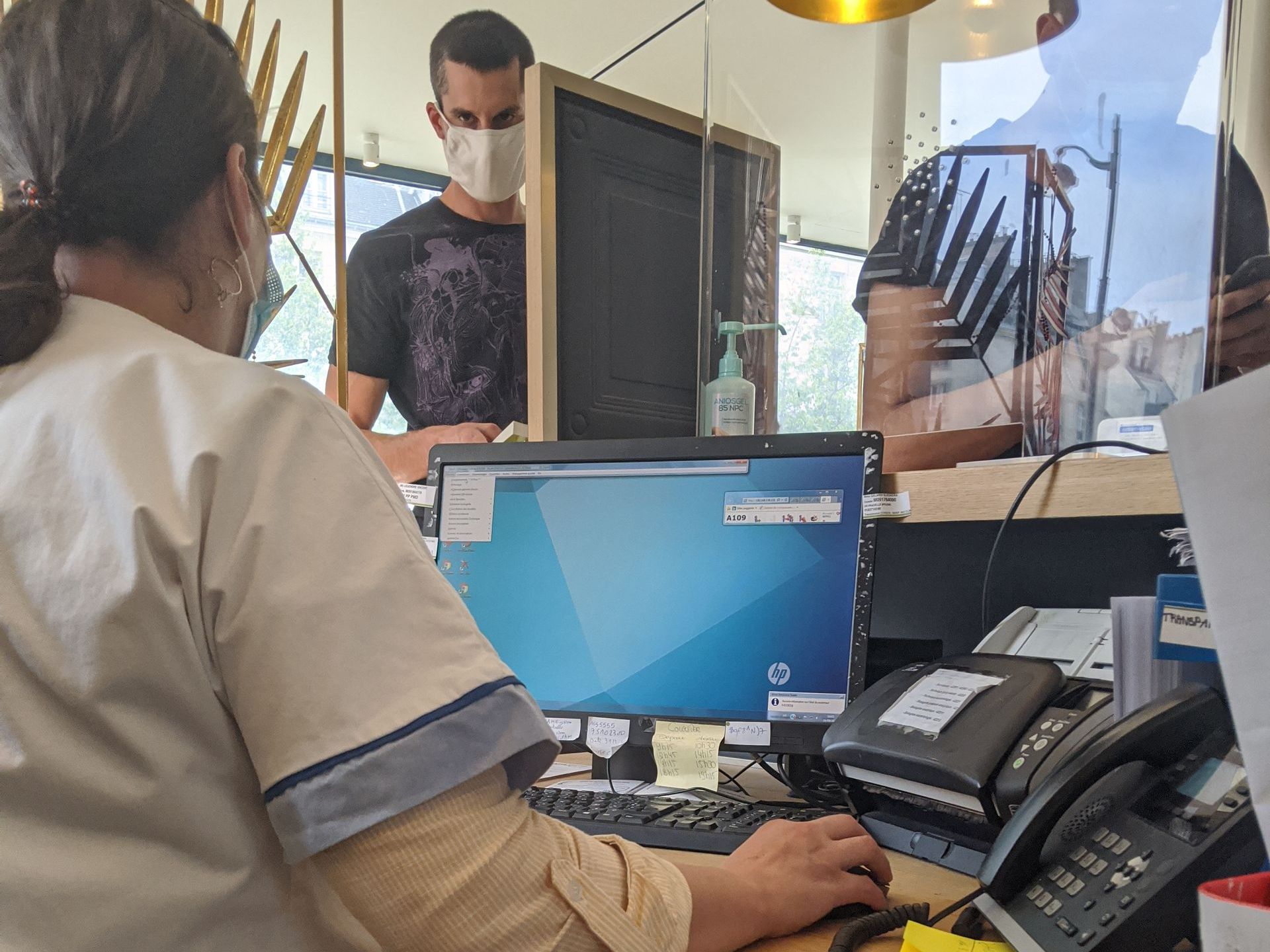
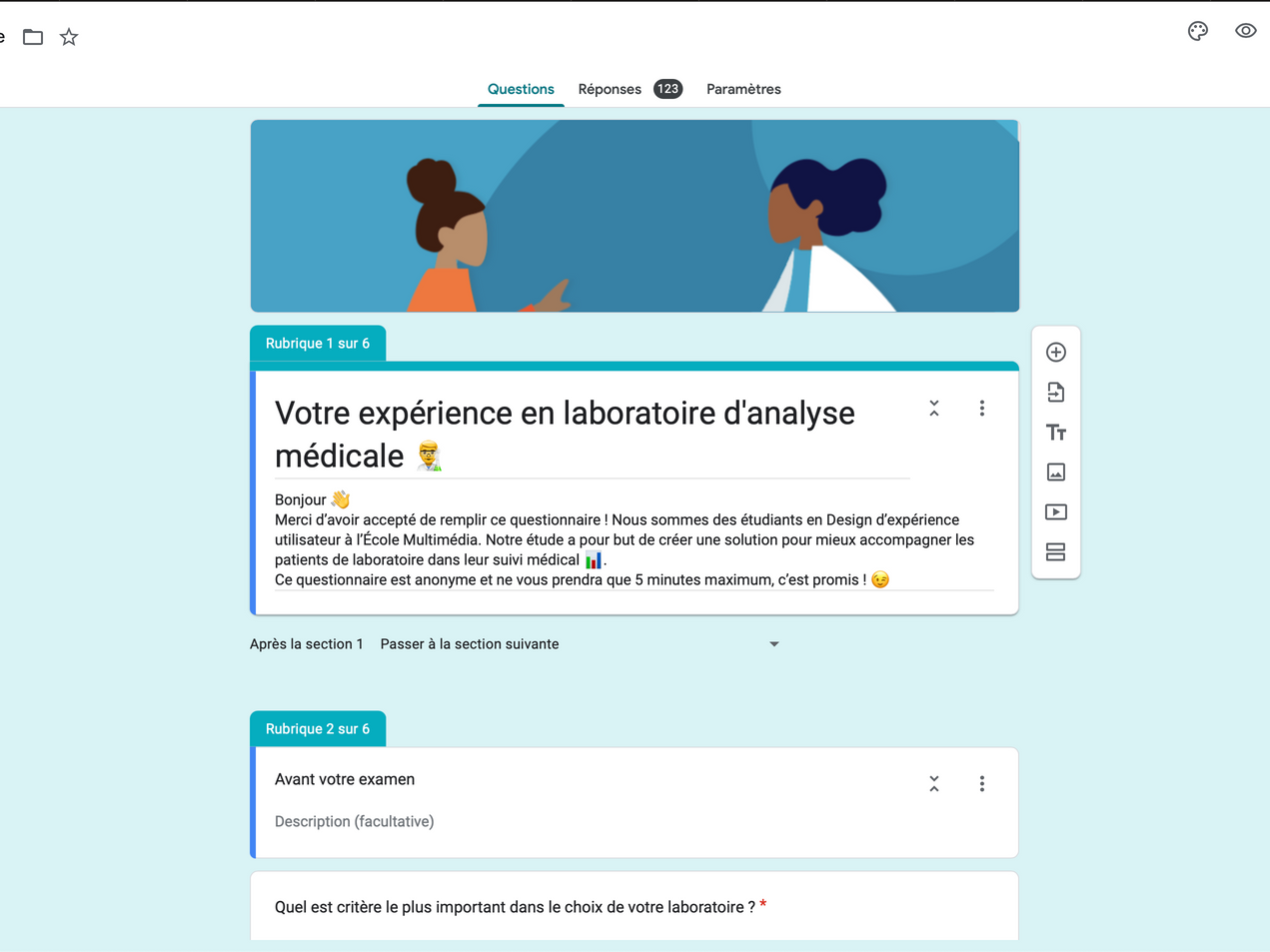
Form
Based on the interviews and observations previously carried out, we have developed axes with associated questions.
We avoided multiple-choice questions because they could bias the completion of the form. We used 5-way Likert scales to respond to undecided respondents. We also avoided open-ended questions because their statistical use is difficult.
A digital version of the form was distributed on the various networks we had used for the interviews, and a paper version was also distributed in one of the group's laboratories.
Ideation
Comparing theory with the real world helps reveal usage trends, design errors and resources not identified at the start of a project.
qqq
Action :
> Ideation workshop
> Deck of Cards
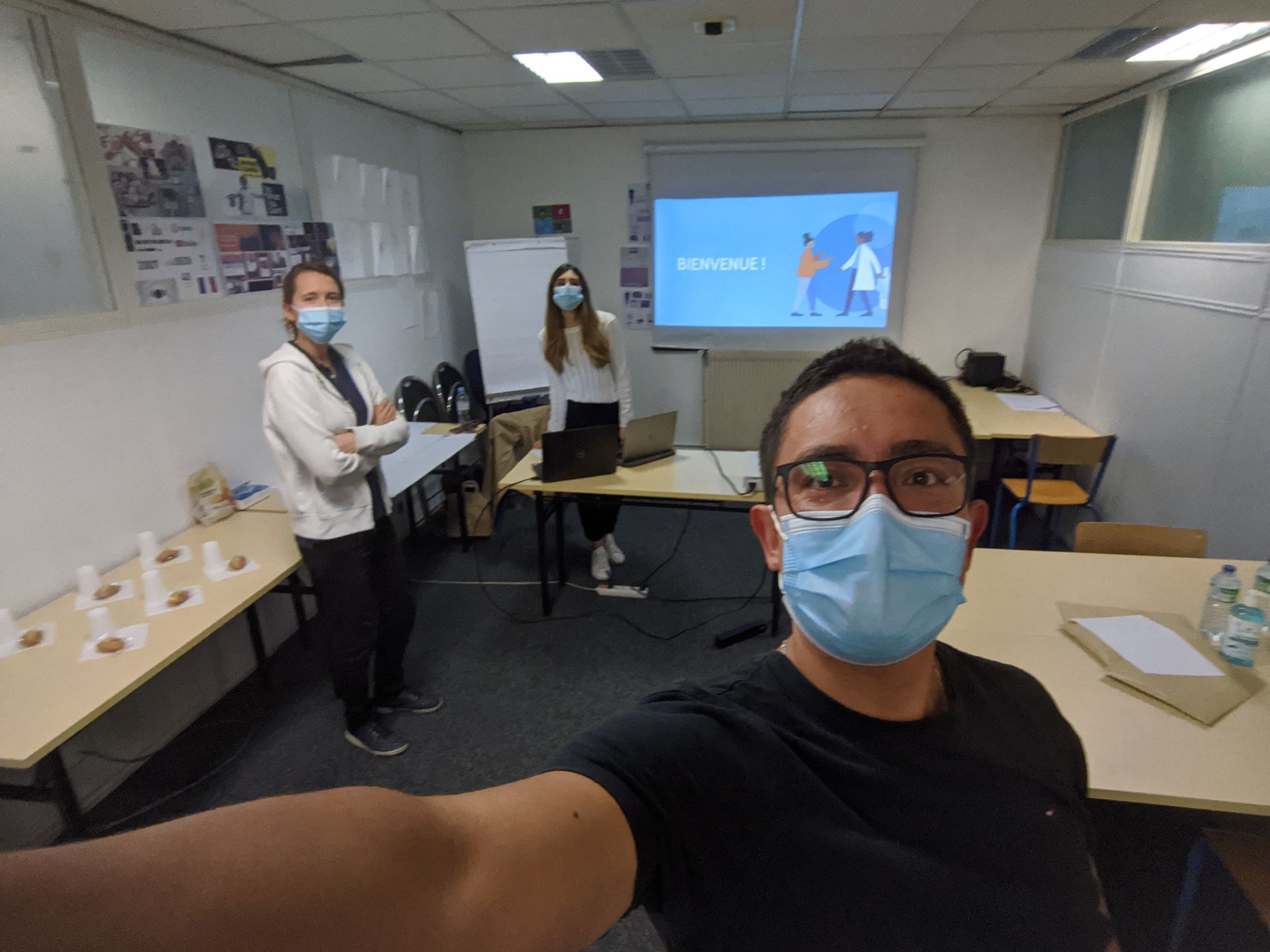
Slide Title
Write your caption hereButton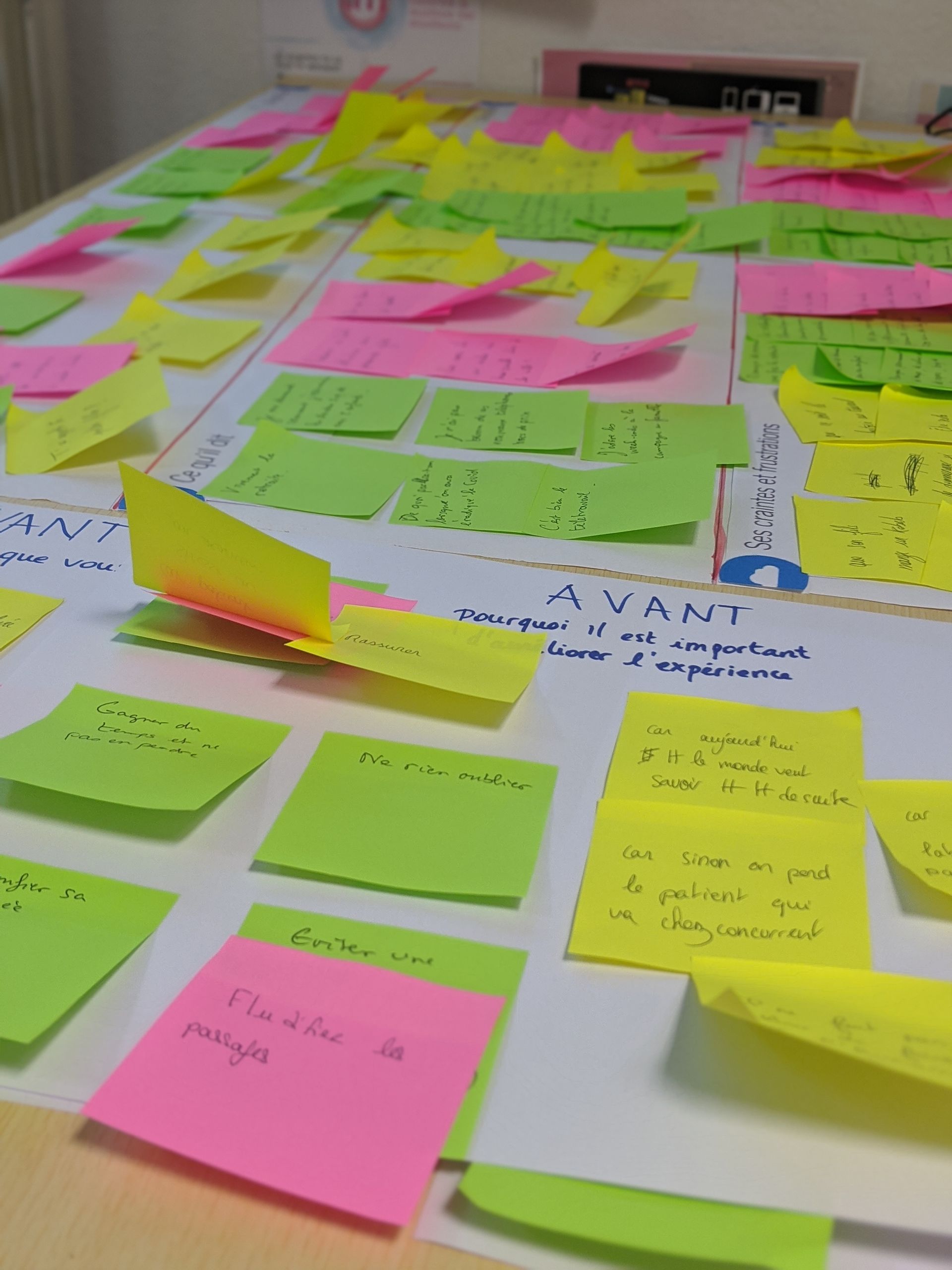
Slide Title
Write your caption hereButton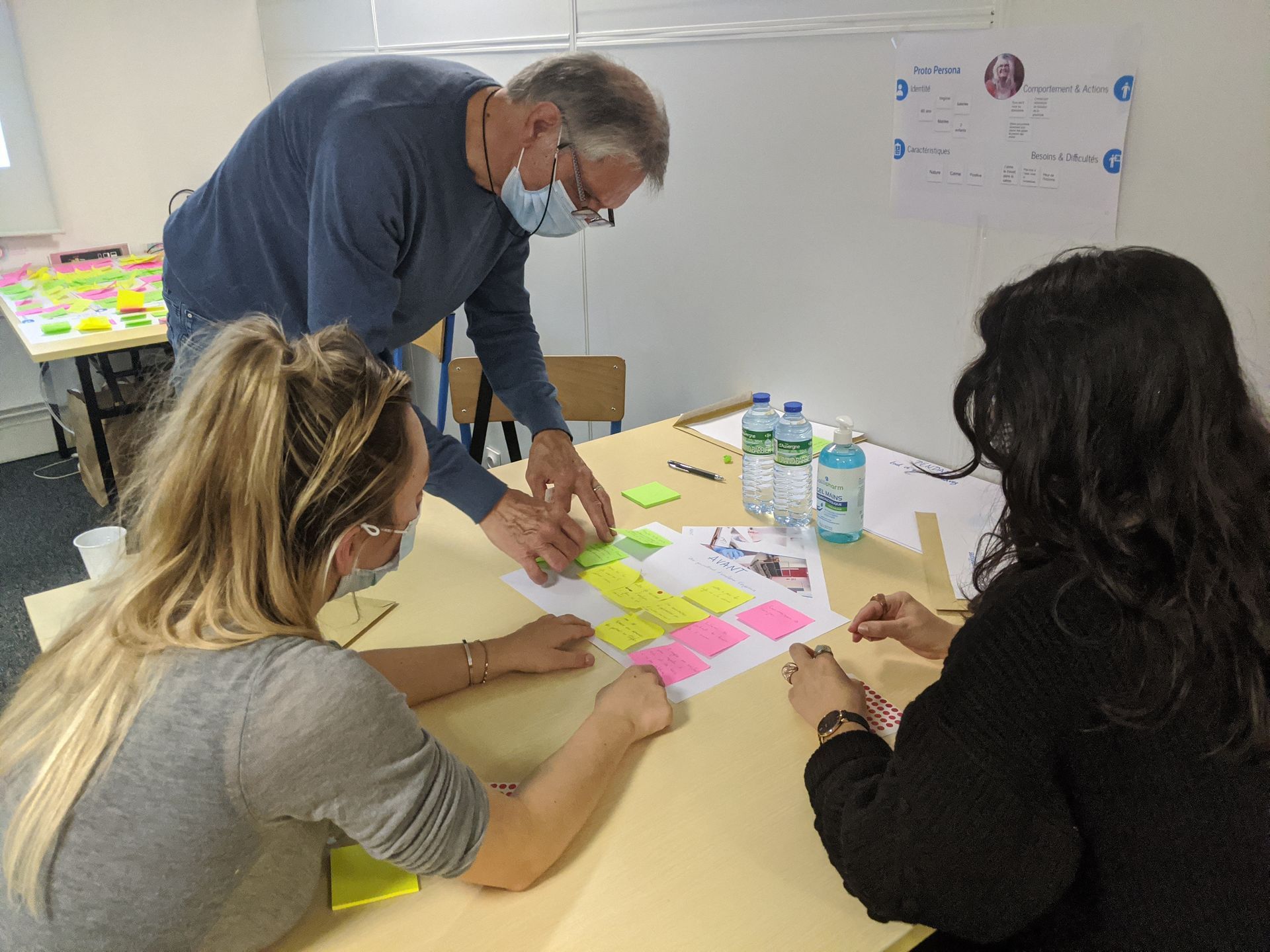
Slide Title
Write your caption hereButton
Ideation workshop
We brought together six participants to lead a series of workshops: two bioclinical professionals and four potential users. We presented the topic and the various workshops.
Workshop content:
> Ice breaker
> Empathy map
> Energizer
> Zero Draft
> What if
Deck of cards
Once the workshops were over, we worked as a team to consolidate the participants' ideas. We sorted the cards to identify the most recurring and significant pain points for patients.
This allowed us to identify potential areas of functionality for the application, which we then prioritized.
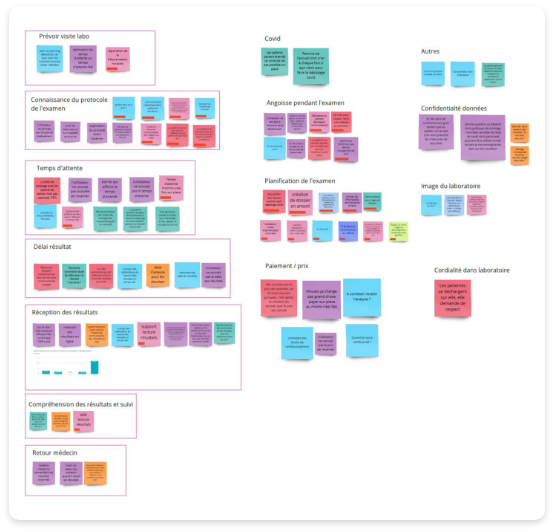
Create
Create physical representations of possible solutions, with which the target user can interact and evaluate. This phase aims to concretize the ideas resulting from the ideation phase, often in the form of models and prototypes.
qqq
Action :
> Design workshop
> Model
> Wireframe
> Prototype
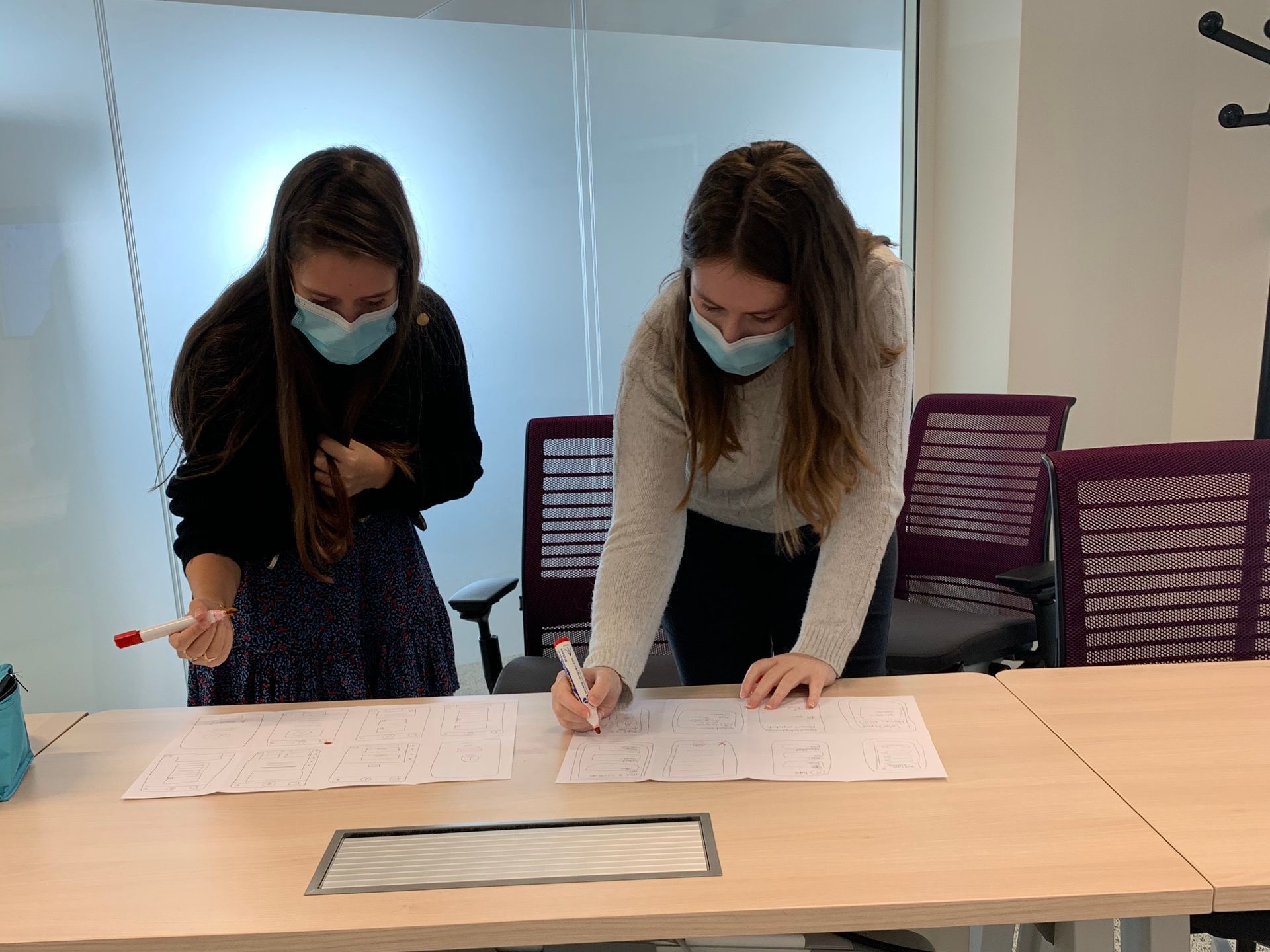
Slide Title
Write your caption hereButton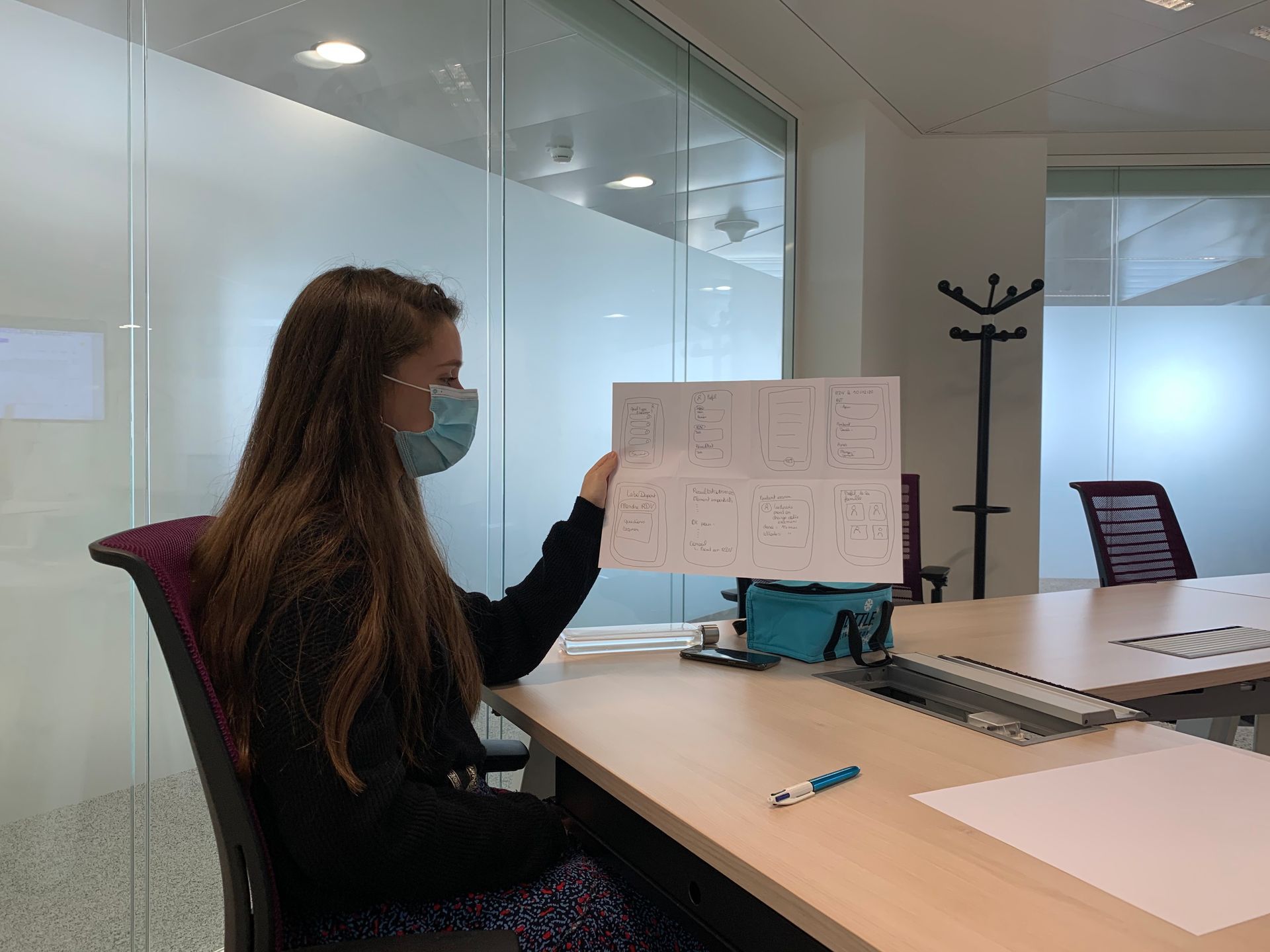
Slide Title
Write your caption hereButton
Design workshop
Our idea was to produce concrete solutions directly from users. We had thirteen participants, whom we divided into small groups of two or three people. We quickly introduced them to the Bioclinic group and the major areas emerging from the ideation phase, recorded in idea sheets.
Workshop Content
> Ice Breaker
> Crazy 8
We selected the screens that received the most votes during the convergence phase of the workshop. These screens then allowed us to design our prototype.
Model
We created a user journey to define the structure of our interface. We chose Adobe XD software to create the mockups, our goal being to evaluate the initial solutions through user testing.
User Flow allows us to understand and anticipate the behaviors of target users in order to create a solution in accordance with these behaviors.
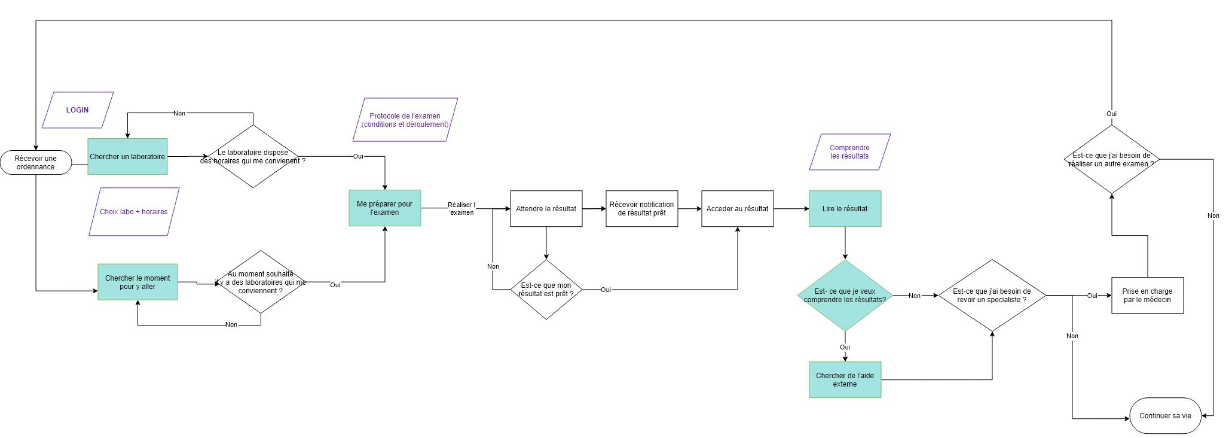
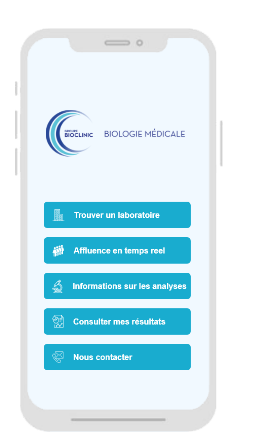
Wireframe
Home screen with main features:
> Find the nearest laboratory
> Find out about the number of patients and waiting times
> Understanding and preparing for your exam
> Check your results
> Contact the laboratory
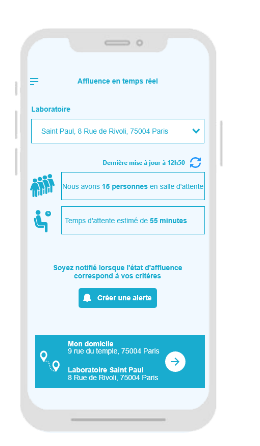
Slide Title
Write your caption hereButton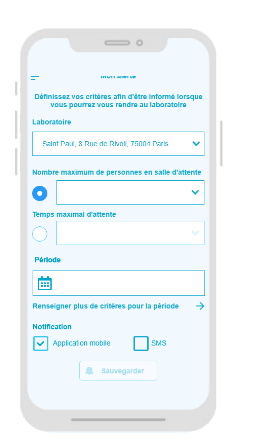
Slide Title
Write your caption hereButton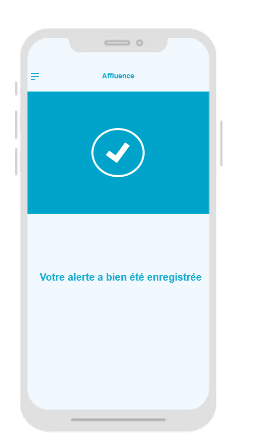
Slide Title
Write your caption hereButton
Plan your visit to the laboratory
> Choose your laboratory
> See attendance in real time
> Create a reminder to come to the lab
> Create a route to the laboratory
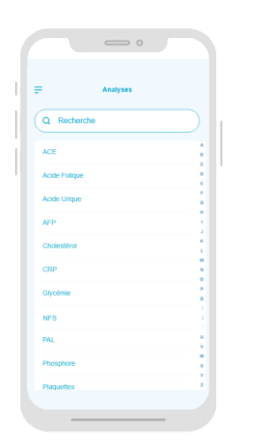
Slide Title
Write your caption hereButton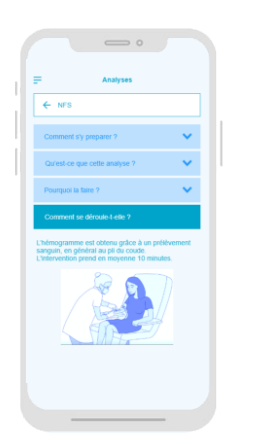
Slide Title
Write your caption hereButton
Knowledge of the examination protocol
> Glossary of tests
> Exam Information
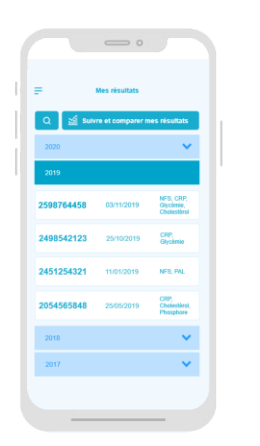
Slide Title
Write your caption hereButton
Slide Title
Write your caption hereButton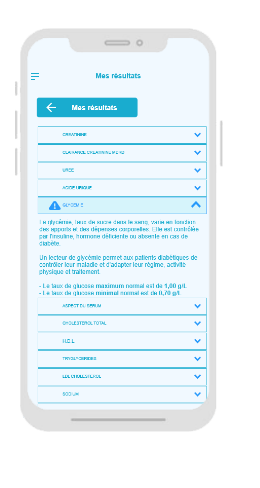
Slide Title
Write your caption hereButton
Understanding and tracking results
> Find all your exams
> Check your results
> Understanding your results
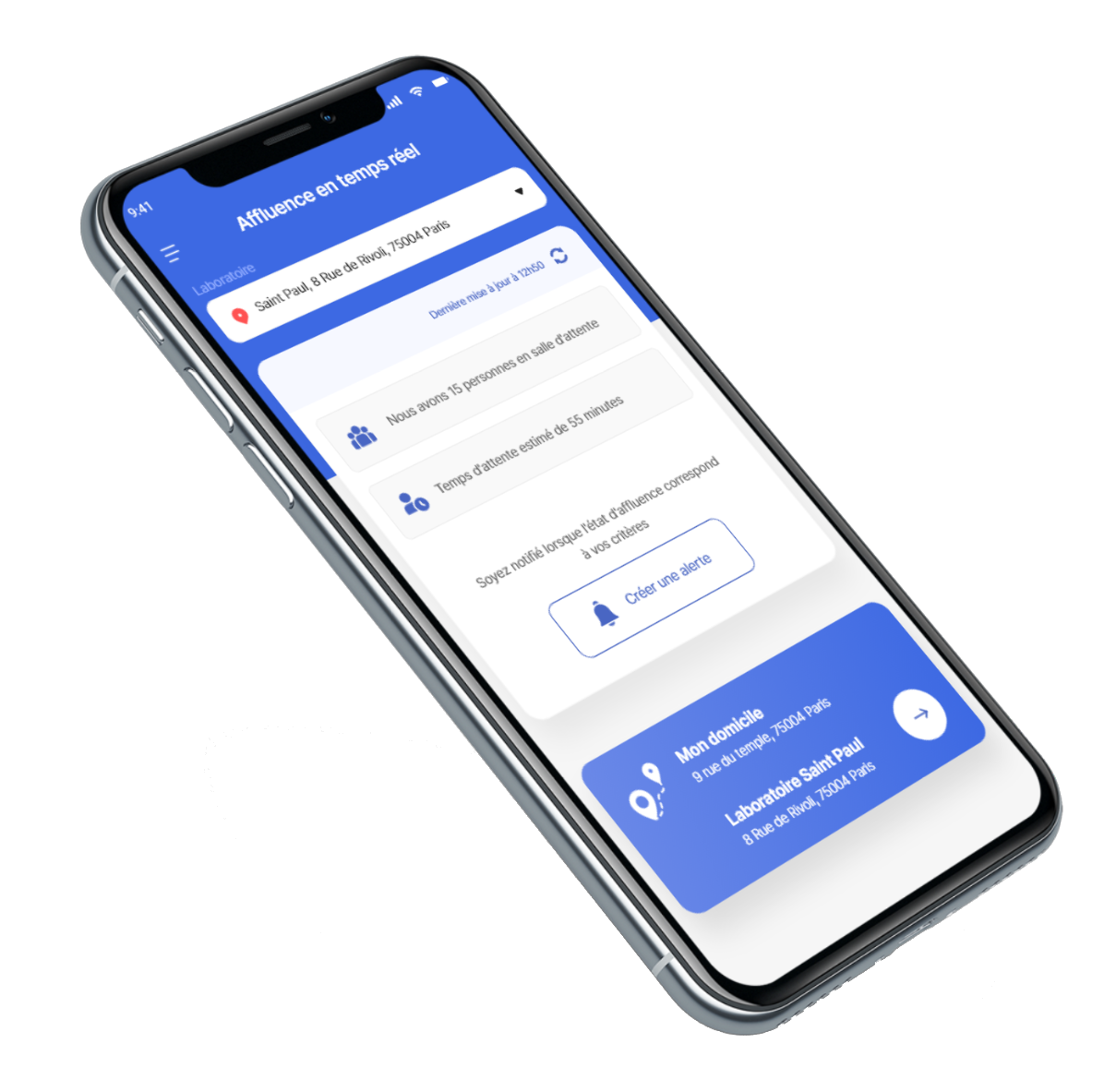
Prototype
We also proposed a graphic interface that complies with the Bioclinic group's graphic charter.
Related projects
-
UX Learning Platform
An engaging design at first glanceUX Learning Platform -
Customer Support Platform
Customer Support Platform



